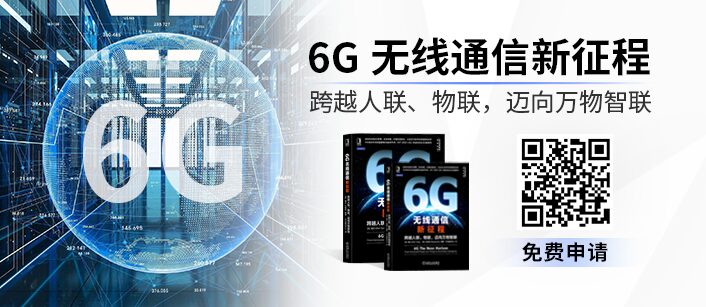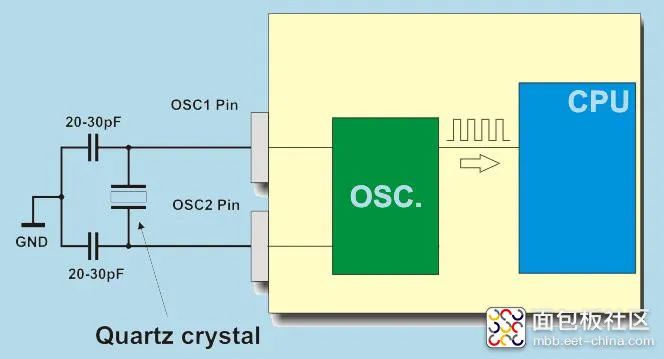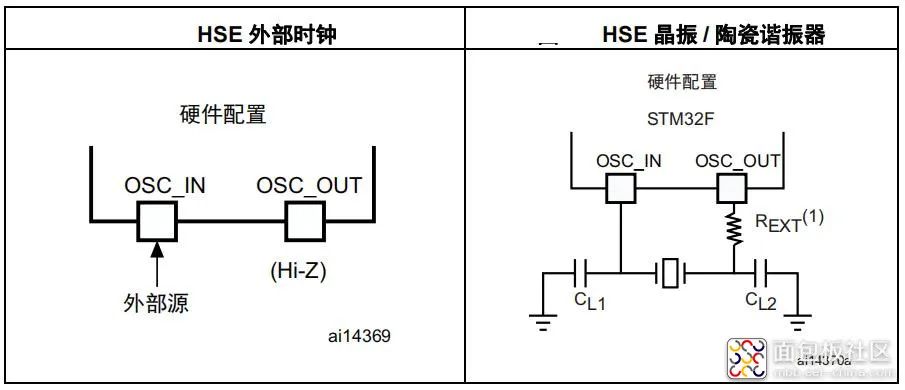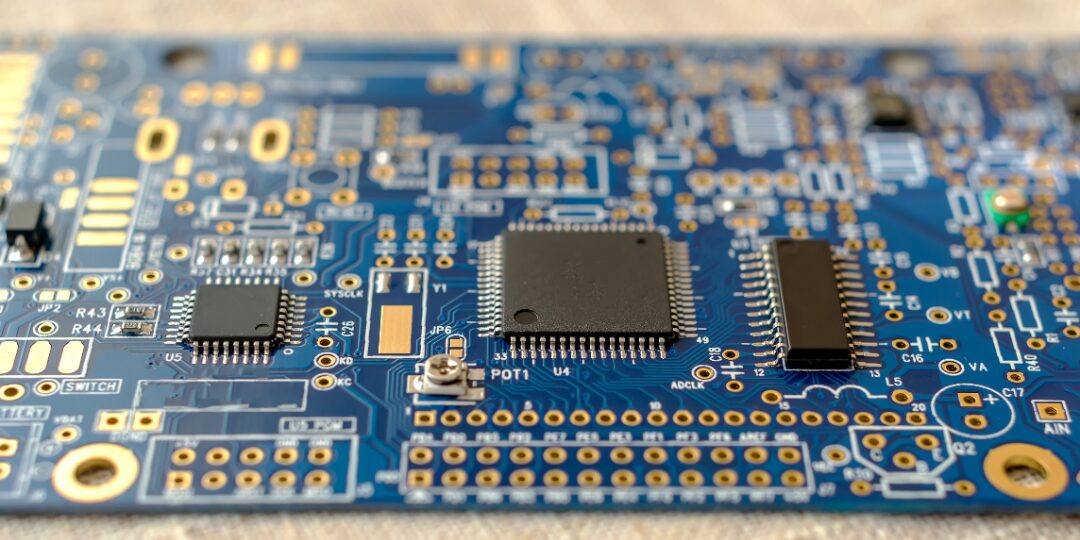



Call for Papers: Show Your Board, Share Your Design Ideas and Experiences
First Prize: 200 Yuan JD E-card
Second Prize: One Furukawa IoT Development Board
Third Prize: Two Physical Books “Operational Amplifier Parameter Analysis and LTspice Application Simulation”
Excellent Participation Award: 20 Yuan JD E-card
1. Original, illustrated, with more than 300 words
2. Evaluated based on article length, quality, reading volume, and interaction metrics